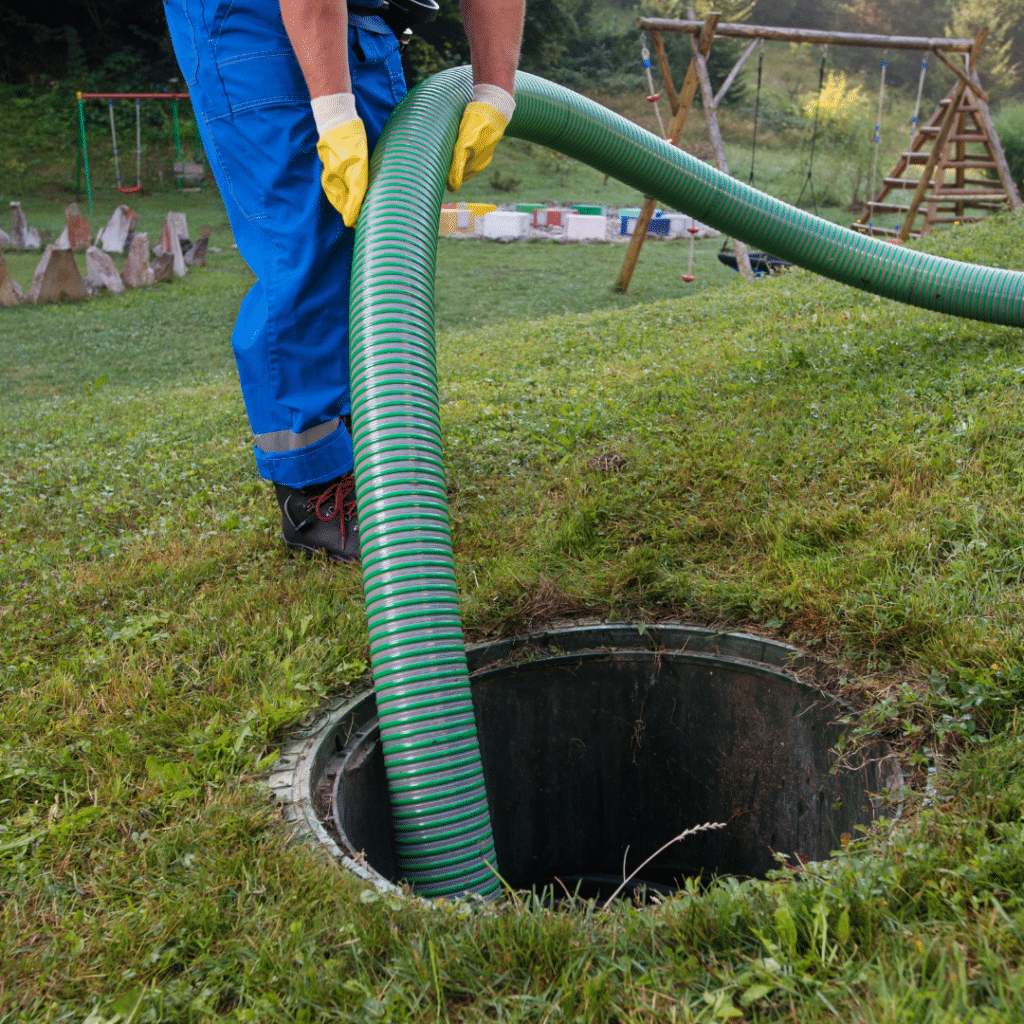Owning a home is an exciting journey filled with new responsibilities, and one essential aspect that often goes unnoticed until issues arise is the septic system. For new homeowners or those unfamiliar with septic systems, understanding the basics is crucial. In this guide, we’ll dive into septic system 101, breaking down the components, functions, and maintenance essentials to ensure your septic system runs smoothly and lasts for years to come.
Understanding the Basics
What is a Septic System?
A septic system is a decentralized wastewater treatment system that is commonly used in rural or suburban areas where centralized sewer systems are not available. It consists of several key components working together to treat and dispose of household wastewater.
Components of a Septic System
- Septic Tank: The septic tank is the primary component of the system and serves as a large underground container where wastewater flows for initial treatment. Solid waste settles at the bottom, forming sludge, while lighter materials like grease float to the top, creating a scum layer.
- Distribution Box: The distribution box evenly distributes the treated wastewater from the septic tank to the drain field.
- Drain Field: Also known as a leach field, the drain field is a network of perforated pipes or chambers buried in the soil. It allows the clarified wastewater to be released into the soil, where further natural filtration occurs.
How a Septic System Works
Household wastewater, including water from toilets, sinks, showers, and washing machines, enters the septic tank. Heavy solids settle at the bottom as sludge. Lighter materials, such as oils and grease, float to the top as scum. The middle layer, known as effluent, contains clarified wastewater. Naturally occurring bacteria inside the septic tank break down the organic matter in the effluent.
The treated effluent is distributed evenly to the drain field, allowing it to percolate into the soil. The soil in the drain field acts as a natural filter, further purifying the wastewater before it rejoins the groundwater.
Maintenance Tips & Essentials
- Regular Pumping: To maintain a healthy septic system, regular pumping of the septic tank is crucial. Over time, the accumulation of sludge and scum can reduce the tank’s efficiency, leading to potential issues. A professional should inspect and pump the tank every 3-5 years, depending on household size and water usage.
- Water Conservation: Conserving water is a key factor in septic system health. Excessive water use can overwhelm the system, leading to premature failure. Simple practices like fixing leaks, using low-flow fixtures, and spacing out laundry loads can make a significant difference.
- Mindful Disposal: Be mindful of what goes down the drain. Avoid flushing non-biodegradable items, chemicals, or excessive amounts of grease. These can disrupt the natural bacterial balance in the septic tank and lead to clogs.
- Landscaping Considerations: Protect the drain field by avoiding heavy construction or parking vehicles on it. Planting grass or shallow-rooted vegetation over the drain field helps absorb excess moisture and prevents soil erosion.
Major Signs of Septic System Issues
It’s essential for new homeowners to recognize signs of potential septic system problems early on to avoid costly repairs. Some common indicators include:
Foul Odors: Unpleasant smells around the septic tank or drain field could signify a problem.
Slow Drains: If sinks, showers, or toilets are draining slowly, it might indicate a blockage in the system.
Understanding the basics of a septic system is fundamental for new homeowners. By grasping the components, functions, and maintenance essentials, you’re better equipped to ensure the longevity and efficiency of your system. Regular maintenance, water conservation, and a keen eye for signs of trouble will go a long way in keeping your septic system in excellent condition. Remember, a little knowledge can prevent big problems down the line, making your journey as a homeowner smoother and more enjoyable.

